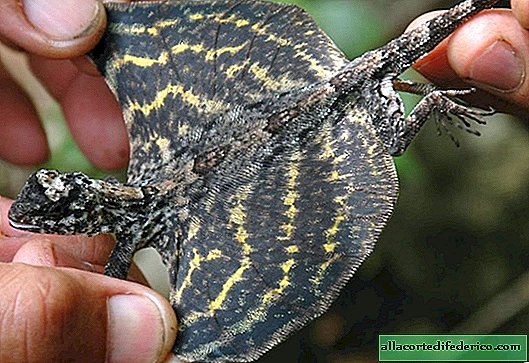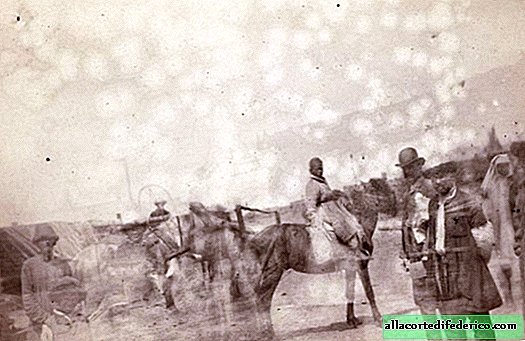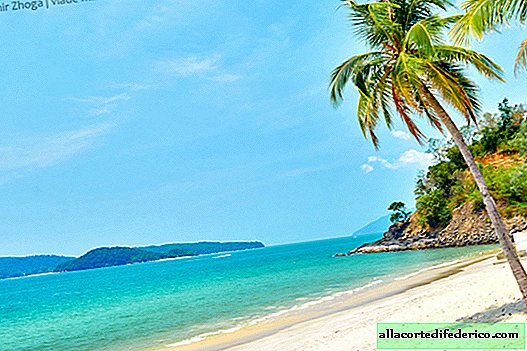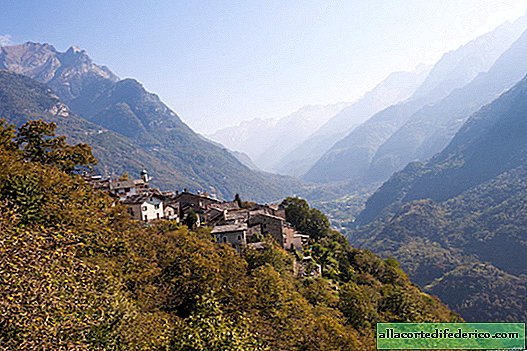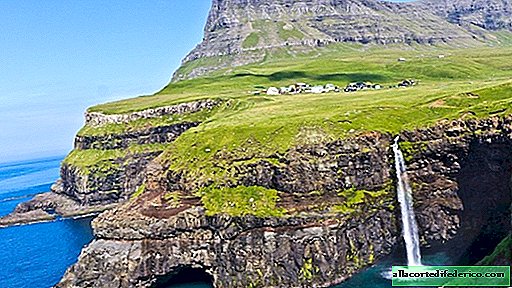Kivu Lake is the planet’s most dangerous pond that can explode at any time.
There are many places on the African continent that pose a serious danger not only to inexperienced travelers, but also to local residents. One of them is Lake Kivu, located in the heart of Africa. There is clear clear water, and on its banks are resorts and numerous hotels. Looking at the calm expanse of this reservoir, it is difficult to assume that Kivu poses a mortal threat to everyone who lives on its shores.

Lake Kivu is divided between two states: the western shore belongs to the Democratic Republic of the Congo, and the eastern - to Rwanda. Rift faults, passing through the entire African continent, caused the presence of deep lakes in this region, which are part of the Great African Lakes system. And Lake Kivu, with a maximum depth of 480 meters, is one of them.

Geologically, the region of Lake Kivu cannot be called calm. The rift valley in which Lake Kivu is located is constantly expanding and deepening. In addition, there are several volcanoes that periodically show their activity. The rift origin and close proximity to volcanoes have led to the accumulation of carbon dioxide at the bottom of the lake, emerging from the bowels of the Earth. Bacteria living in the water column convert part of the carbon dioxide into methane, which also accumulates at the bottom of the reservoir.

Lake Kivu has another interesting feature: water from its surface practically does not evaporate. High air humidity and constant high temperature contribute to the formation of a layer of water vapor above the surface of the lake, which prevents evaporation. Due to the colossal depth and lack of evaporation, the circulation of water masses in the lake is practically absent. Therefore, there is a constant process of accumulation of hazardous gases. At the moment, scientists can not say exactly how much gas is at the bottom of Kivu and what is their percentage. But this reservoir is the largest storage of such gases among all the lakes of the planet.

Given the unstable seismic situation in the region, huge accumulations of gas pose a mortal threat to the population. An earthquake or volcanic eruption can lead out of equilibrium in the thickness of the gas, and it will burst to the surface. A powerful explosion may occur, or the gas will simply come to the surface and poison all life around in a radius of several kilometers, as was the case on the shores of the African Lake Nios. Scientists are sure that the lake can explode at any moment, although it is possible that the system in this condition can last for more than one hundred years. So, for example, the earthquake in the Democratic Republic of the Congo in 2002 did not affect the state of the lake, gas remained at the bottom. But no one will guarantee that this will not happen in the future.

The situation is complicated by the fact that the environs of Lake Kivu, like the entire region of the Great African Lakes, have a very high population density. The fertile valleys have long attracted farmers and pastoralists here, so people willingly settle in this region, despite the danger that threatens them. On Lake Kivu, there is the large island of Ijvi, which also has several settlements. A total of about 2 million people are at risk.

Scientists and politicians, concerned about the situation, have proposed several solutions to this problem. All of them come down to the extraction of hazardous gases from the bottom of the lake to make it safer. The government of Rwanda has organized a power plant in its part of the lake, which receives energy by burning the gas mixture from the bottom of Lake Kivu. In addition, it is planned to build another power plant with a capacity of 100 MW, which will be financed by an international group of investors.

Despite the fact that the extraction of gas from the bottom of the lake is the only solution to the problem, scientists fear that interference with the lake’s ecosystem will lead to irreversible consequences. Extraction of methane and carbon dioxide can remove water-saturated layers of gas from equilibrium and trigger an explosion.



